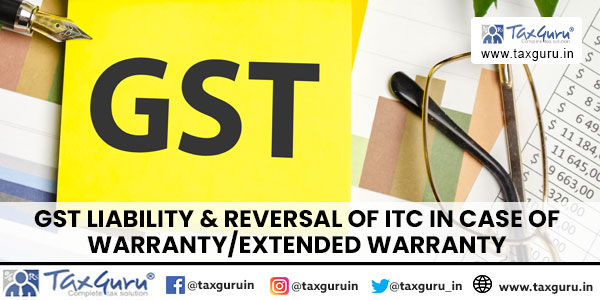1. The initial step engaged in importing a product is to accumulate information about the nations and firms which send out the item required by the exporter. It can be accumulated from trade directories, trade organizations, and associations. The exporter readies a quotation otherwise called Performa Invoice and sends it to the importer.
2. The Importer Consults the export-import (EXIM) Policy in power, all together to know whether the merchandise that he/she needs to import are subjected to import licensing or not.
3. In the situation of an import transaction, the provider resides in a foreign nation and subsequently requests the installment of foreign cash. This includes the trade of Indian Currency into foreign money. The Exchange Control Department of the Reserve Bank of India (RBI) manages foreign trade exchange in India. According to rules, each merchant needs to secure the sanction of foreign trade.
4. The importer puts in an import request or indents with the exporter for the supply of merchandise. The request contains information with respect to cost, quality, quantity, size and grade of goods instructions with respect to packaging, delivery shipping, a method of payment and so on.
5. At the point when the payment terms concur between the importer and the overseas provider, the importer gets the letter of credit from its banker and forwards it to the overseas provider.
6. The importer arranges for money in advance to pay the exporter on arrival of goods at the port this empowers the importer to avoid huge penalties on the imported goods lying uncleared at the port for the need of payment.
7. The overseas supplier after loading the merchandise on the ship dispatches the “Shipment Advice” to the importer. It gives information with respect to the shipment of goods like receipt number, bill of lading/airway bill, the name of the ship with date description of merchandise and amount and so forth.
Furthermore,
8. After dispatching the merchandise, the abroad exporter hands over the different documentation like an invoice, bill of lading, insurance certificate of origin to his banker for their forward transactions to the importer when he receives the bill of exchange drawn by the provider. The acknowledgment of a bill of exchange by the importer to get a confirmation of delivery is known as the retirement of import documents.
9. At the point when the sent merchandise comes in the importer’s nation, the individual accountable for the merchandise conveys the officer in control at the dock or the airport about it. The individual responsible for the ship or airway gives the report with respect to import.
10. Imported merchandise are subjected to customs which is an exceptionally extensive process and includes a considerable time to complete. The importer more often than not appoints a C&F operator for completing these customs.
Essentially, the merchant acquires a delivery order which is otherwise called an endorsement for delivery. This order allows the importer to take to take the delivery of merchandise subsequent to pay the cargo charges.
Importer likewise needs to pay dock dues for getting port trust dues receipts for which he submits two duplicates filled in the form is known as “application to import” to the Landing and “Delivering Dues Office”. Subsequent to paying dock dues the importer gets back one copy of the application as a receipt which is called as ‘port trust levy receipts’.
At long last, the importer fills in a frame known as ‘bill of entry’ for appraisal of customs import duty. An inspector inspects the merchandise and gives his report regarding the bill of entry. This bill is then introduced to the port administration which on getting the important charges, issues the discharge arrangements.


























Point no. 8 in above article needs slight correction. When the transaction is under letter of credit, the foreign exporter shall draw the documents as per requirement of letter of credit and present them to his bank for onward transmission to importer’s bank who on receipt shall examine all the documents to satisfy their requirement as per terms & condition of L/C. If discrepancies are noticed same shall be intimated to foreign bank as well as importer. In case documents are in order, importer will be advised to retire the documents by making payment.
Since the transaction is under letter of credit the exporter will draw the documents as per terms and condition of L/C and present them to his bank for onward transmission to importer’s bank who on receipt of same shall examine the same advise discrepancy, if any to importer. If documents are in order then importer will be advised to retire the documents by making payment.